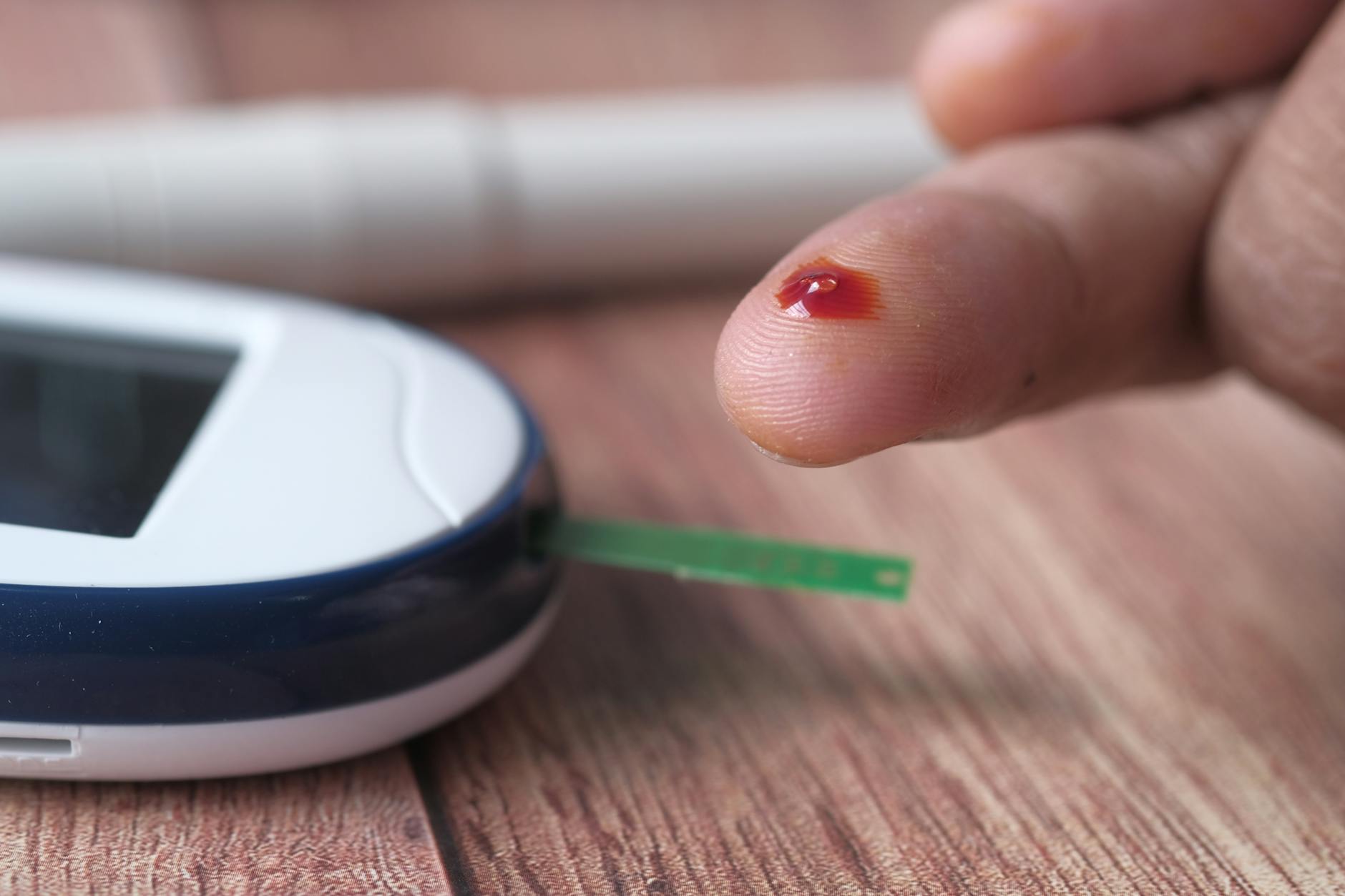Sugar Rushes are a thing of the past – Learn how to take control of Type 2 Diabetes with our expert tips!
Table of Contents
Managing Type 2 diabetes is no easy feat, but with the right information and strategies, it is possible to lead a fulfilling and healthy life despite the condition. In this comprehensive guide, we will delve into the various aspects of Type 2 diabetes management, from understanding the condition to practical tips for day-to-day control.
Understanding Type 2 Diabetes
Type 2 diabetes is a chronic condition characterized by high levels of glucose in the blood. It is often associated with insulin resistance, where the body’s cells do not respond effectively to insulin. This leads to an imbalance in blood sugar levels, which can have detrimental effects on overall health if not managed properly.
Causes and Risk Factors
There are several factors that can contribute to the development of Type 2 diabetes. These include genetics, lifestyle choices such as poor diet and lack of exercise, and being overweight or obese. Individuals with a family history of diabetes are also at a higher risk of developing the condition.
Symptoms and Diagnosis
Some common symptoms of Type 2 diabetes include frequent urination, increased thirst, fatigue, and blurred vision. However, it is not uncommon for individuals to be asymptomatic, especially in the early stages of the disease. Diagnosis is typically made through blood tests that measure blood sugar levels.
Treatment Options
Managing Type 2 diabetes involves a combination of lifestyle modifications, medication, and regular monitoring. Maintaining a healthy diet, engaging in regular physical activity, and monitoring blood sugar levels are essential components of treatment. In some cases, medication such as insulin or oral hypoglycemic agents may be prescribed to help control blood sugar levels.
Healthy Eating Habits
One of the key aspects of managing Type 2 diabetes is maintaining a healthy diet. This involves eating a well-balanced meal plan that is rich in fruits, vegetables, whole grains, lean proteins, and healthy fats. Monitoring portion sizes and avoiding sugary beverages and processed foods can also help in controlling blood sugar levels.
Physical Activity
Regular physical activity is important for managing Type 2 diabetes as it helps lower blood sugar levels and improve insulin sensitivity. Aim for at least 150 minutes of moderate-intensity exercise per week, such as brisk walking, cycling, or swimming. Strength training exercises can also help build muscle mass and improve overall health.
| Type of Management | Description |
|---|---|
| Diet | Managing type 2 diabetes through a balanced diet that includes monitoring carbohydrate intake and making healthy food choices. |
| Exercise | Regular physical activity is vital in managing type 2 diabetes as it helps in lowering blood sugar levels and improving overall health. |
| Medication | Some individuals with type 2 diabetes may require medication such as insulin or oral medications to help manage their blood sugar levels. |
| Monitoring | Regularly keeping track of blood sugar levels, blood pressure, cholesterol levels, and other important health markers is crucial in managing type 2 diabetes. |
| Stress Management | High-stress levels can affect blood sugar levels, so it is important to practice stress-reducing techniques such as mindfulness and relaxation exercises. |
Monitoring and Testing
Regular monitoring of blood sugar levels is crucial for individuals with Type 2 diabetes. This can be done through daily self-monitoring using a blood glucose meter or continuous glucose monitoring systems. Keeping track of blood sugar levels can help identify patterns and make adjustments to treatment plans as needed.
Complications and Prevention
Uncontrolled Type 2 diabetes can lead to serious complications such as heart disease, stroke, kidney damage, and nerve damage. Taking steps to manage blood sugar levels effectively can help reduce the risk of developing these complications. It is also important to address other risk factors such as high blood pressure and cholesterol levels.
Emotional Well-being
Coping with a chronic condition like Type 2 diabetes can take a toll on emotional well-being. It is important to prioritize self-care, seek support from loved ones, and consider joining a support group or talking to a mental health professional if needed. Managing stress and maintaining a positive outlook can go a long way in improving overall health.
Conclusion
While Type 2 diabetes requires ongoing management and diligence, it is possible to live a full and active life with the condition. By making healthy lifestyle choices, closely monitoring blood sugar levels, and working closely with healthcare providers, individuals with Type 2 diabetes can achieve stable control and reduce the risk of complications. Remember, knowledge is power when it comes to managing Type 2 diabetes, so stay informed and take charge of your health!
What are the main risk factors for developing Type 2 diabetes?
The main risk factors include genetics, unhealthy lifestyle choices like poor diet and lack of exercise, obesity, and a family history of diabetes.
How can physical activity help in managing Type 2 diabetes?
Physical activity helps lower blood sugar levels, improve insulin sensitivity, and enhance overall health. aim for at least 150 minutes of moderate-intensity exercise per week.
What are the common symptoms of Type 2 diabetes?
Common symptoms include frequent urination, increased thirst, fatigue, blurred vision, and in some cases, individuals may be asymptomatic.
Why is monitoring blood sugar levels important for individuals with Type 2 diabetes?
Regular monitoring helps identify patterns in blood sugar levels, allowing adjustments to treatment plans as needed. It also helps in preventing complications associated with uncontrolled diabetes.





